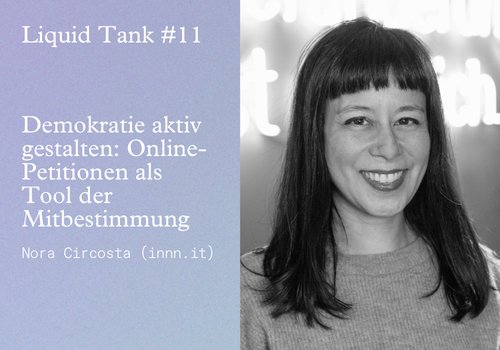#1 Ask relevant questions!
Only ask questions the answers to which you want to hear. Only then will the participation have added value for you and for all participants. Remember to ask questions about a topic that you or other project leaders can influence. Participants want to make a difference! Participation for the drawer creates distrust and raises barriers to further participation processes.
#2 Explain what the project is about!
What is the project about? Why was it initiated and by whom? In order for participants to be able and willing to participate qualitatively, they must have all the information they need to do so. This information must be short and easy to understand - no technical jargon and no long, boxy sentences in even longer papers. Graphics and pictures help convey information and make life more colorful!
#3 Formulate a participation promise!
It is crucial for participants to know the opportunities and limits of their influence. What should be decided in the end and by whom? What role do participants play in the decision-making process? Transparency is more important than decision-making authority. Often, our democratic and organizational structures dictate with whom the decision rests. These powers may be questioned, but they must be clearly formulated in the process.
#4 Participate from A-Z!
Good participation is a process and not a flash in the pan. Ask something briefly and never hear anything again? How frustrating! The more participants identify with the project, the more and higher quality contributions can be expected. To achieve this, it is important to involve the participants in the project at an early stage and to keep them involved until the end. A good combination of online participation and offline events is ideal. Good participation runs from kick-off to 'goal achieved'.
#5 Do PR!
A great participation concept is useless if no one knows about the project. Even if the Internet is freely accessible, people won't come by themselves. Fire up the PR machine: Social media, flyers, press releases, videos, talks at relevant events, etc. Choose the right channels and address the right target group. It's best to plan a few weeks before and during the participation for mobilization. And once you have mobilized people, keep going and keep them engaged. A well-crafted newsletter or "hello again" email can keep the online discussion going.
#6 Moderate your project!
Can online discussions ever be level headed? We know numerous negative examples. But we also know from scientific studies that online discourses are of higher quality if they are moderated. Those who can expect a reaction contribute differently. A neutral moderator should observe the discussion and intervene if netiquette is violated. A good moderator also helps with questions and catches discussions that stray off topic.



